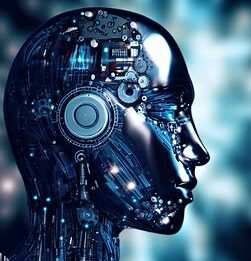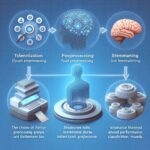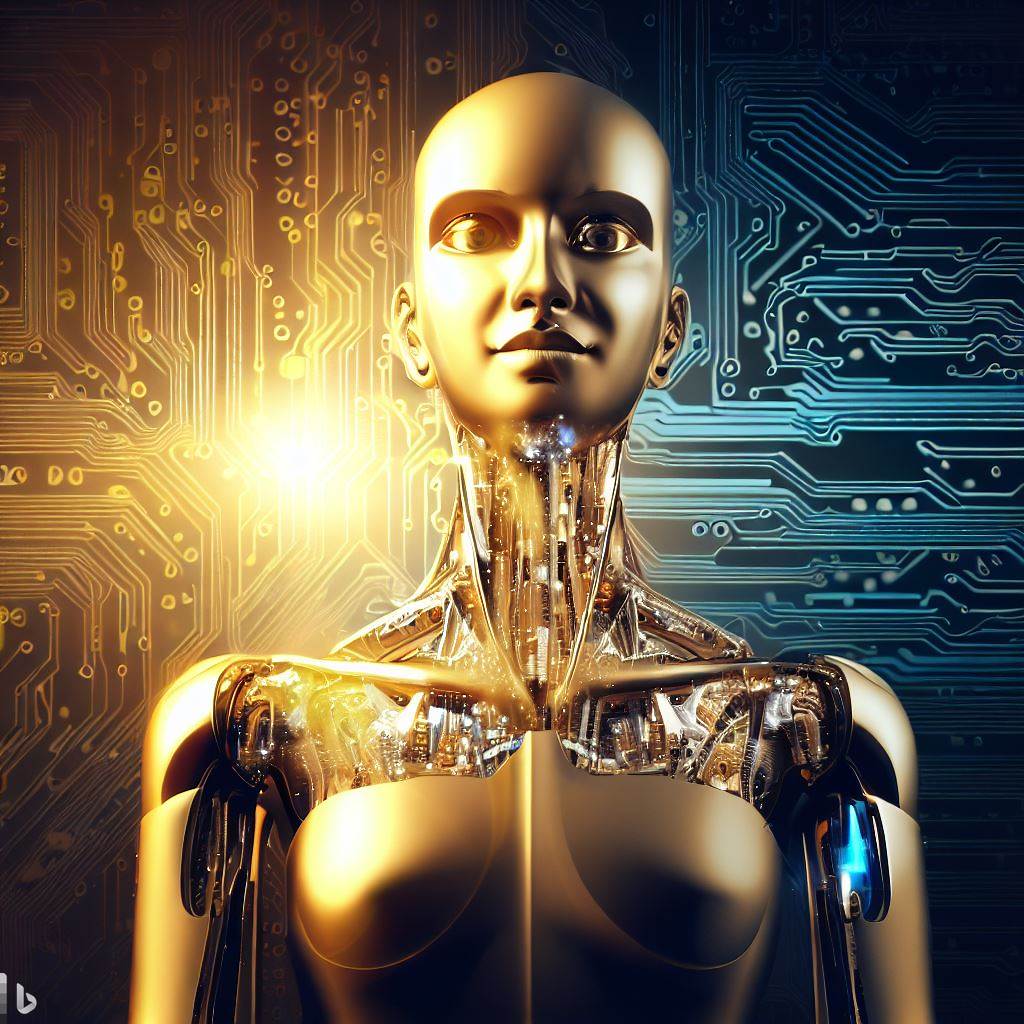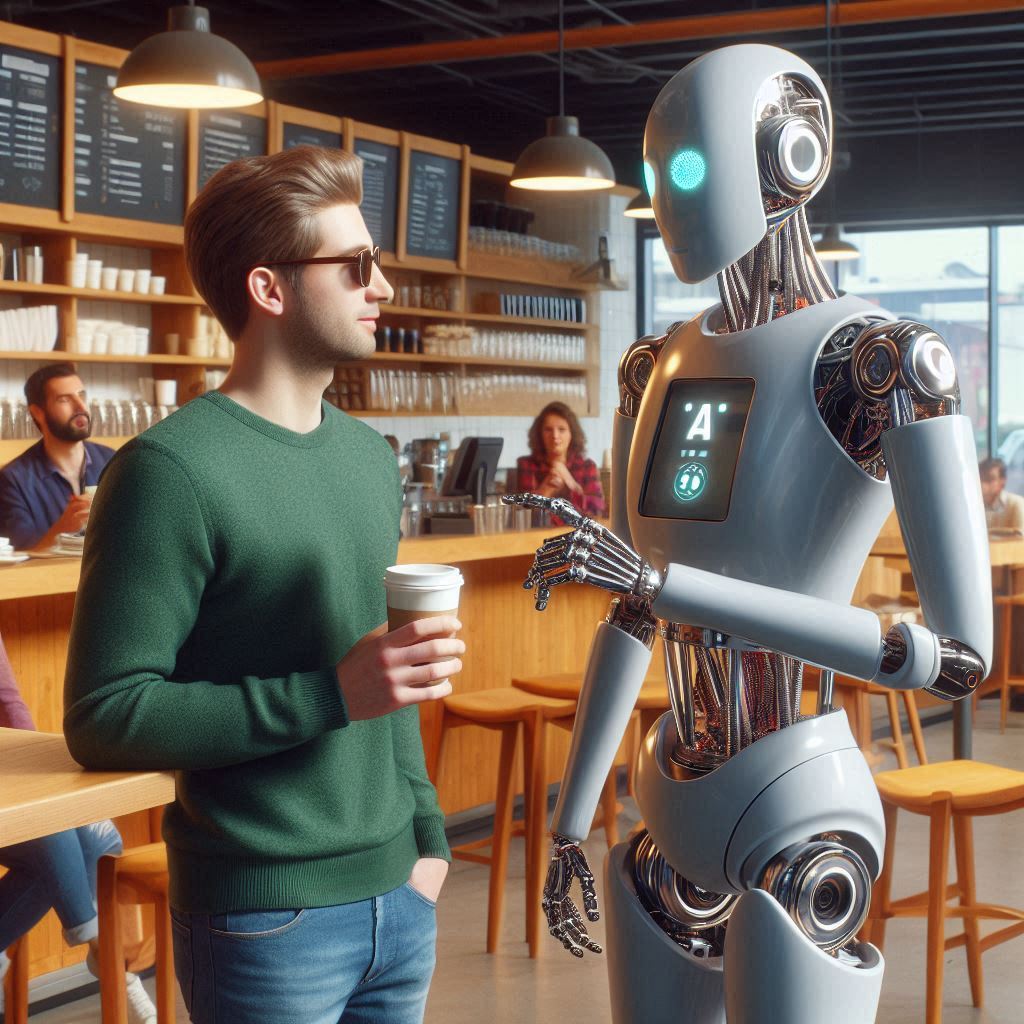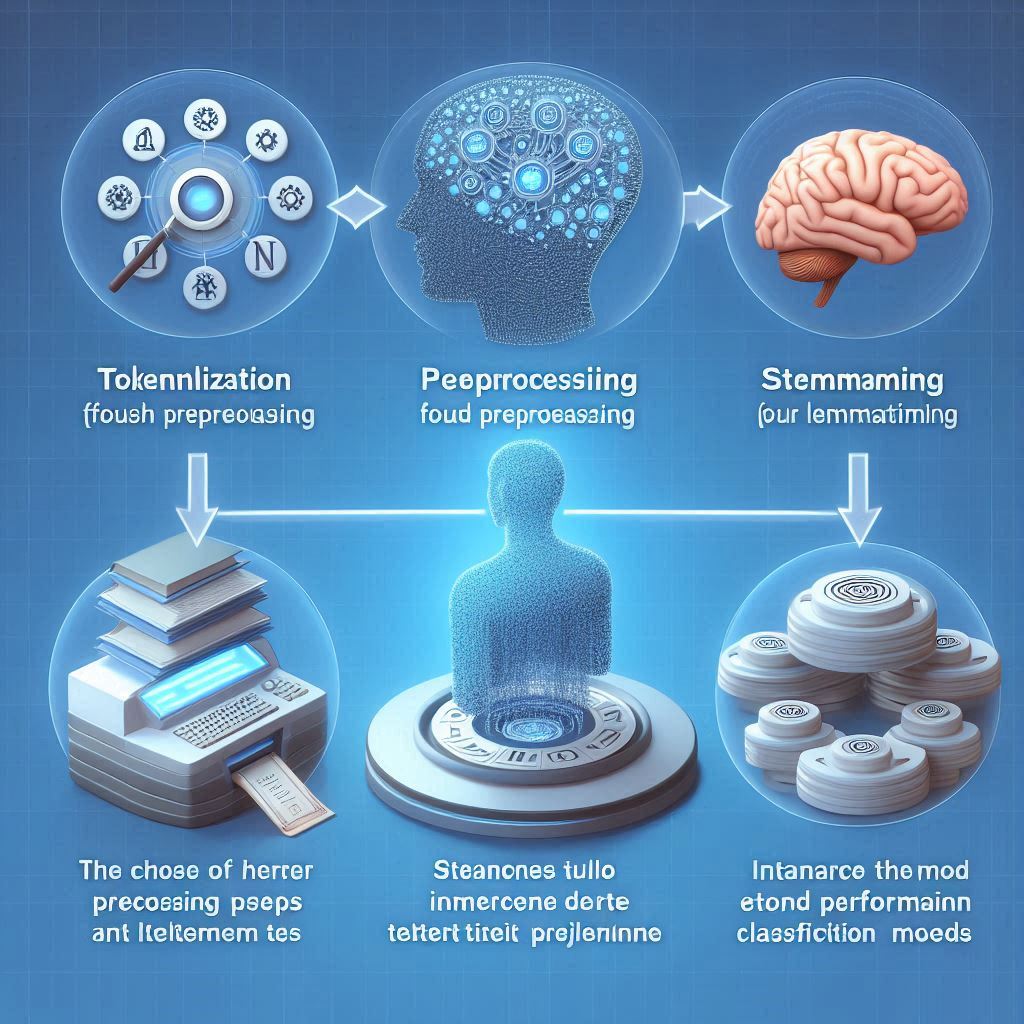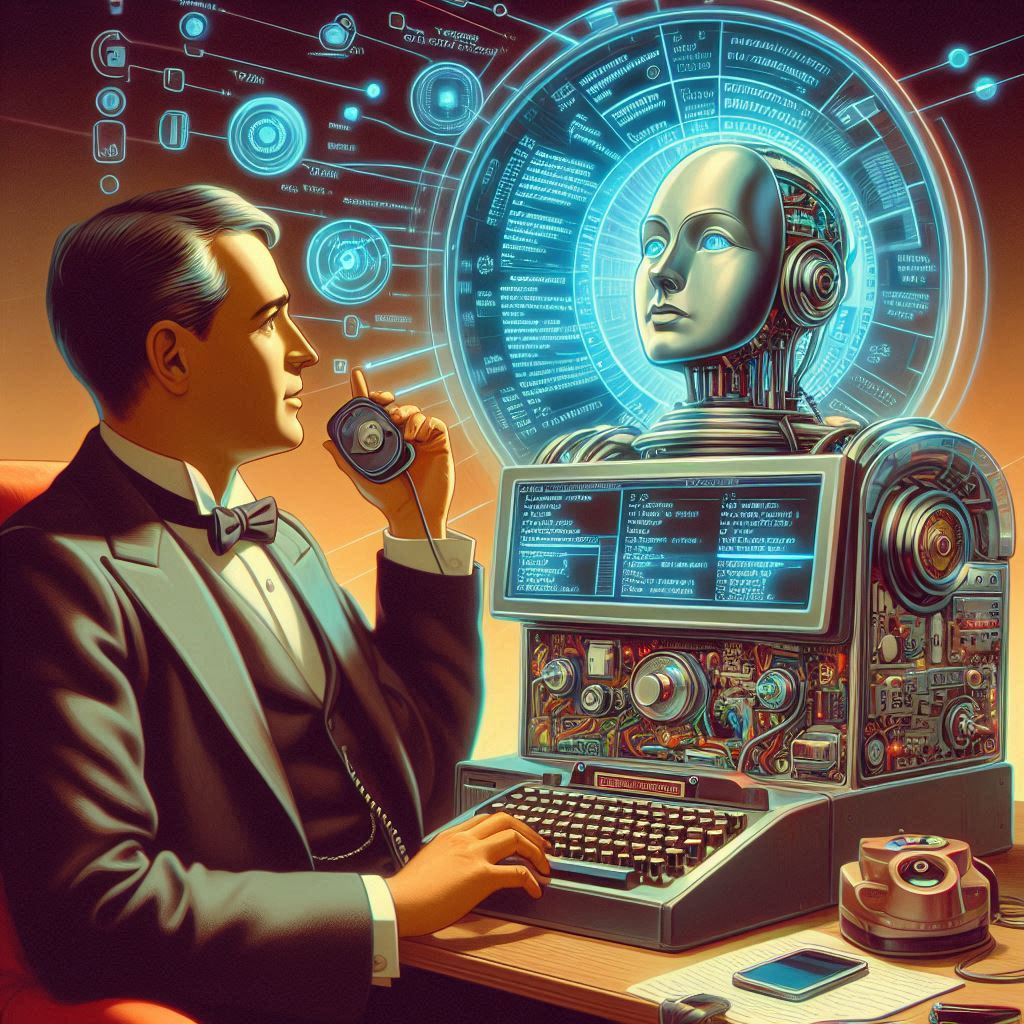The tech world is abuzz with the concepts of AI, Machine Learning, and Deep Learning. But what do these terms actually mean? How do they work? And what are their implications for the future? In this article, we’ll demystify the tech trio and explore how they can help us create a better tomorrow.
AI, Machine Learning & Deep Learning: Demystifying the Tech Trio
Artificial Intelligence (AI), Machine Learning (ML), and Deep Learning (DL) are three related concepts that are driving the current wave of innovation in the tech world. AI is a broad field that encompasses a variety of sub-disciplines, including ML and DL. ML is a subset of AI that enables machines to learn from data, while DL is a subset of ML that uses multi-layered neural networks to learn more complex patterns.
What is AI and How Does it Work?
At its core, AI is an umbrella term for the development of machines that can think and act like humans. AI systems can analyze data and make decisions based on that data, allowing them to solve complex problems and carry out tasks autonomously. AI systems are composed of algorithms, which are sets of instructions that enable the machine to process data and make decisions.
The Evolution of Machine Learning
Machine Learning (ML) is a subset of AI that enables machines to learn from data. ML algorithms use data to build models that can recognize patterns and make predictions about future events. ML algorithms are divided into two categories: supervised learning algorithms, which use labeled data to learn how to classify data, and unsupervised learning algorithms, which use unlabeled data to find hidden patterns in the data.
The Basics of Deep Learning
Deep Learning (DL) is a subset of ML that uses multi-layered neural networks to learn more complex patterns. DL algorithms are inspired by the structure of the human brain and are composed of multiple layers of neurons, which are connected to each other and to the inputs and outputs of the system. Each layer of neurons processes the data it receives and passes the processed data to the next layer. This process is repeated until the system has learned to recognize patterns in the data.
Understanding Neural Networks
Neural networks are the building blocks of DL algorithms. A neural network is composed of multiple layers of neurons, which are connected to each other and to the inputs and outputs of the system. Each neuron processes the data it receives and passes the processed data to the next neuron. This process is repeated until the system has learned to recognize patterns in the data.
The Role of Data in AI, Machine Learning & Deep Learning
Data is the key to AI, ML, and DL. Without data, these technologies cannot function. Data is used to train AI, ML, and DL algorithms, allowing them to recognize patterns and make predictions. The more data an algorithm has access to, the more accurate its predictions will be.
Common Applications of AI, Machine Learning & Deep Learning
AI, ML, and DL are being used in a variety of industries, including healthcare, finance, retail, and transportation. AI is being used to diagnose diseases, detect fraud, and optimize supply chains. ML is being used to identify customer preferences and personalize experiences. DL is being used to develop driverless cars, identify objects in images and videos, and generate natural language.
The Future of AI: Opportunities and Challenges
The future of AI is both exciting and uncertain. AI has the potential to revolutionize many aspects of our lives, from healthcare to transportation. But it also presents a number of ethical and legal challenges, such as privacy and bias. As AI continues to evolve, it will be important for us to develop strategies for addressing these challenges.
AI Ethics: The Debate Continues
The ethical implications of AI are the subject of much debate. AI systems can be biased, and they can have unintended consequences. As AI becomes more ubiquitous, it will be important to develop ethical guidelines for the use of AI and ensure that all AI systems are transparent, accountable, and fair.
AI vs. Human Intelligence: What’s the Difference?
AI and human intelligence are fundamentally different. AI systems are powered by algorithms and data, while human intelligence is powered by experience and intuition. AI systems can process large amounts of data quickly, while humans can draw on their experience and understanding of the world to make decisions.
How to Get Started with AI, Machine Learning & Deep Learning
Getting started with AI, ML, and DL can be daunting, but there are a number of resources available to help you get started. You can take online courses to learn the fundamentals of AI, ML, and DL, or you can use pre-built tools and frameworks to develop AI applications.
Conclusion: Embracing the Tech Trio for a Better Tomorrow
AI, ML, and DL are transforming the way we live and work. By understanding the basics of these technologies, we can harness their power to create a better tomorrow. From healthcare to transportation, AI, ML, and DL are enabling us to solve complex problems and create new opportunities.
In Summary: AI, Machine Learning, and Deep Learning are driving the current wave of innovation in the tech world. In this article, we explored how these technologies work and the implications they have for the future. We also discussed the ethical implications of AI and how to get started with these technologies. By understanding the basics of AI, ML, and DL, we can harness their power to create a better tomorrow.
